-
Geoffrey Joe wrote a new post 5 years, 5 months ago
The profitability of a goat enterprise depends largely on the animals’ health and productivity. It is crucial, therefore, that a goat farmer has the skills to identify an animal in poor health, diagnose the i […]
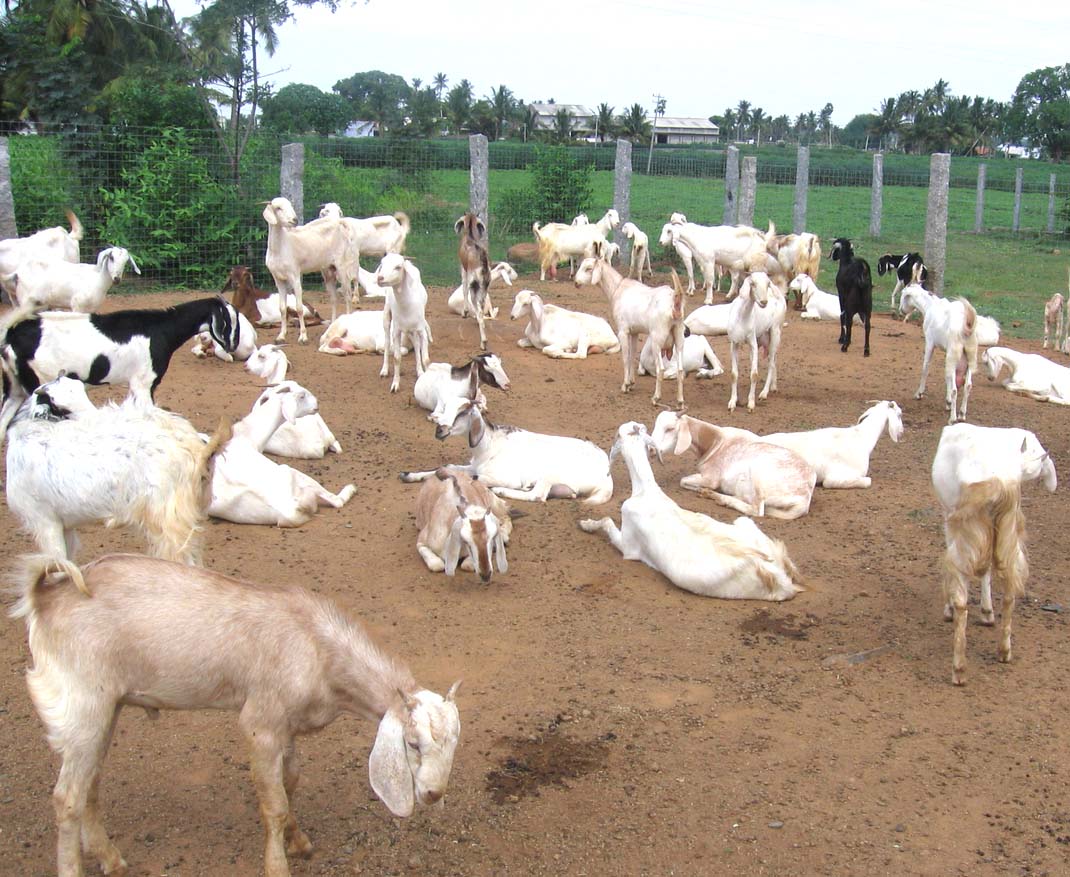
-
Geoffrey Joe wrote a new post 5 years, 5 months ago
Ewes baaing, lambs crying is a very likely stage in a life cycle and environment of a sheep flock. These are all signs that weaning is commencing. However, some of that baaing and crying can be minimized if […]
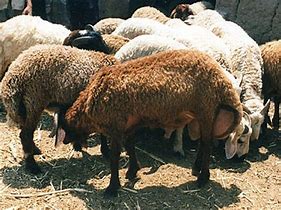
-
Geoffrey Joe wrote a new post 5 years, 5 months ago
Farmers can reduce the money they spend on pesticide by using rabbit urine to wipe out whiteflies, sap-sucking insects that attack crops such as vegetables, coffee, macadamia, bananas and avocadoes, among […]
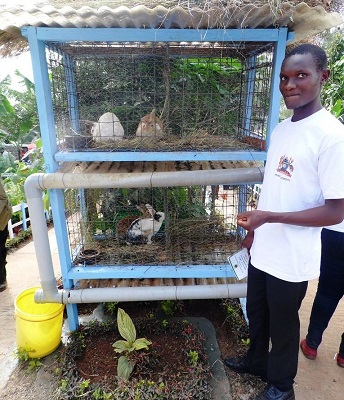
-
Geoffrey Joe wrote a new post 5 years, 5 months ago
The rains either come with Joy or lamenting to farmers. In fact, unless farmers take immediate steps, they may end up losing many of their animals that they intend to sell.
It is now a long wet season and a […]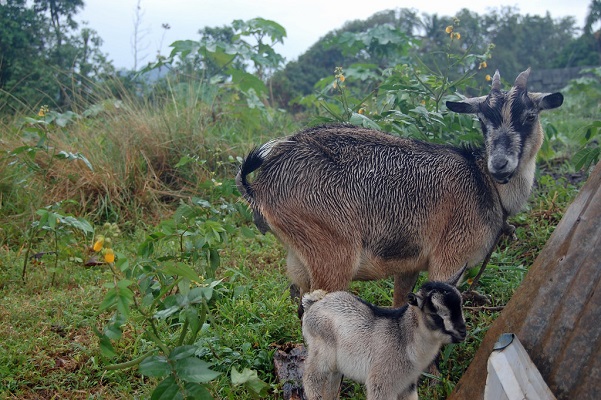
-
Geoffrey Joe wrote a new post 5 years, 5 months ago
Water is a very essential factor in the diet on chicken therefore should be paid attention to inorder to ensure the best state before giving it to your birds.
There’s no negative effect on the “ […]
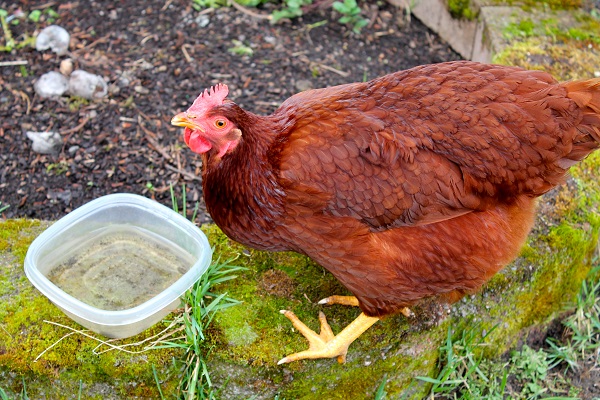
-
Geoffrey Joe wrote a new post 5 years, 5 months ago
Livestock can suffer stress even during normal handling, increasing their susceptibility to a number of serious diseases.
Stress is defined as an external influence on the balance (homeostasis) of a system, […]
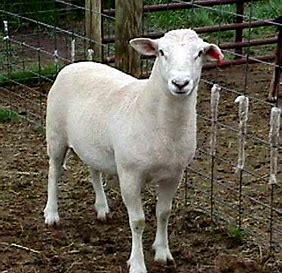
-
Geoffrey Joe wrote a new post 5 years, 5 months ago
The weather and the changing seasons can play an important role in the health status of pigs. They’re more sensitive to temperature than most kinds of livestock.
Piglets – especially the modern white breeds tha […]
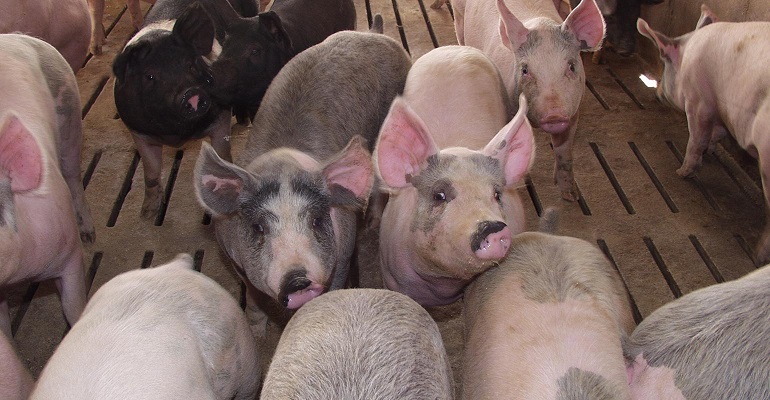
-
Geoffrey Joe wrote a new post 5 years, 5 months ago
Artificial insemination (AI) is the process of collecting sperm cells from a male animal and manually depositing them into the reproductive tract of a female. One can name a number of potential benefits from the […]

-
Geoffrey Joe wrote a new post 5 years, 5 months ago
AI in poultry is a three-step procedure involving semen collection, semen dilution and insemination. The second step may be omitted if ‘neat’ semen (undiluted) is to be used for inseminations within 30 minutes […]
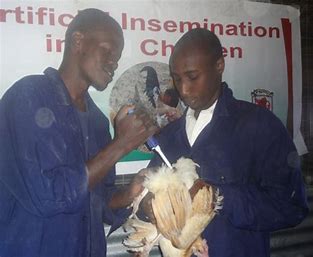
-
Geoffrey Joe wrote a new post 5 years, 5 months ago
Young ewes generally reach puberty between 7 and 12 months of age, although there are differences between breeds, and environmental conditions such as feeding and care also play a role.
Ewes this age are not […]
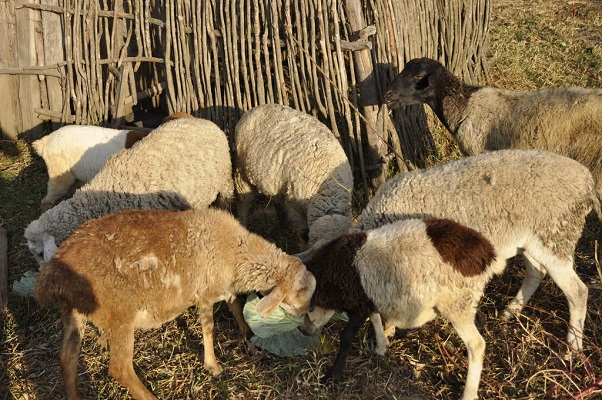
-
Geoffrey Joe wrote a new post 5 years, 5 months ago
There several considerations that have to be made when preparing goats for breeding.
The females should possess a long preferably low set body, roomy hind quarter, well-formed pliable udder, active foraging […]
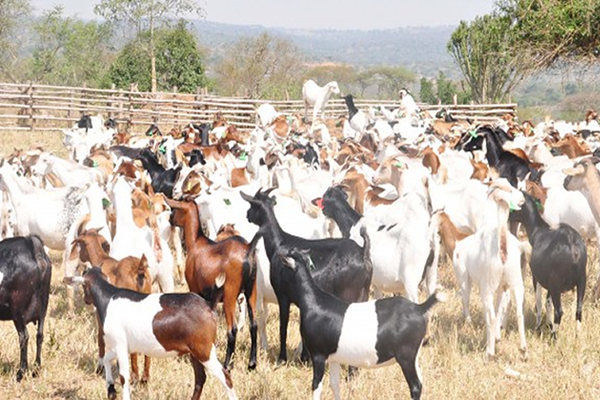
-
Geoffrey Joe wrote a new post 5 years, 5 months ago
There are practices that need to be ensured inorder to have a successful Rabbit farm. These should cut around all the areas of life of a Rabbit.
Cage/ living area
Your rabbits’ living area should have a […]
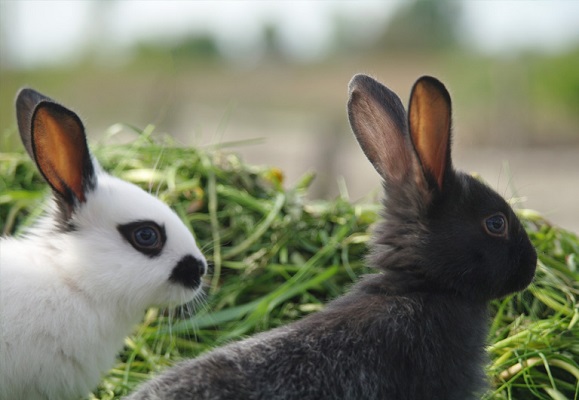
-
Geoffrey Joe wrote a new post 5 years, 5 months ago
For a successful goat rearing business, a farmer should consider the breeds that would want to have basing on the environmental conditions, costs and markets.
Boer Goats
These are probably the best meat […]

-
Geoffrey Joe wrote a new post 5 years, 5 months ago
Lambing percentage, or the number of lambs raised per 100 ewes, can be improved by several methods. A rising plane of nutrition at the time of mating (also referred to as tupping) is an established method of […]
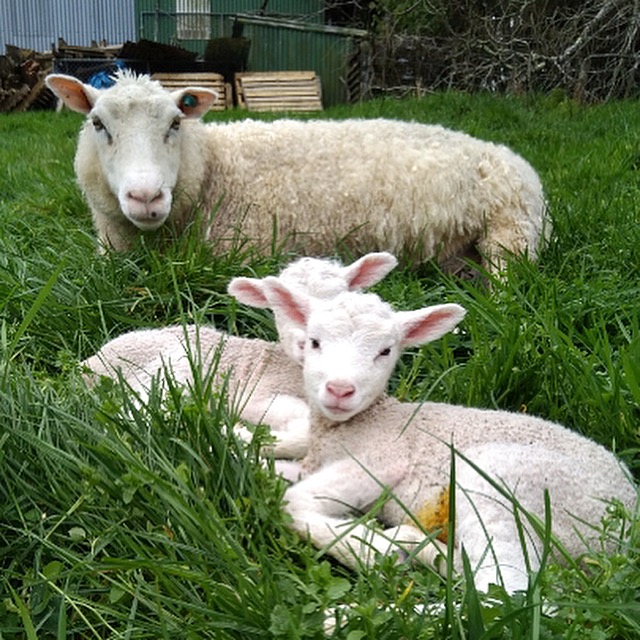
-
Geoffrey Joe wrote a new post 5 years, 5 months ago
Aggression
Aggression in cattle is usually a result of fear, learning, and hormonal state. Aggression between cows is worse than that between bulls. Horned cattle will bunt (push or strike with the horns) and […]
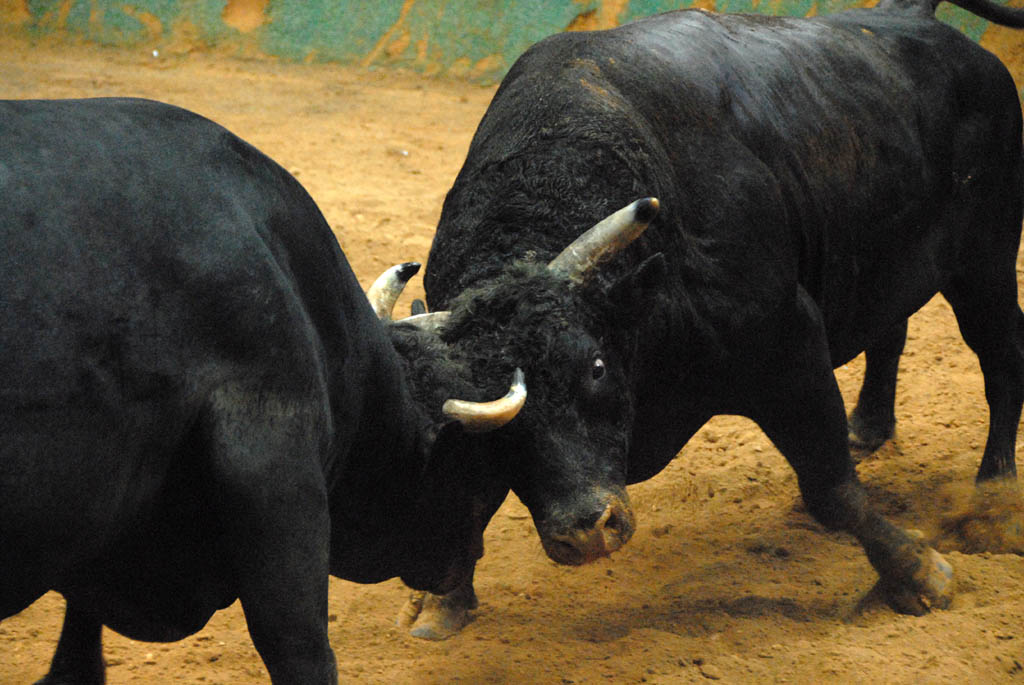
-
Geoffrey Joe wrote a new post 5 years, 5 months ago
There is a range of practices that aim to keep disease out of your property. This checklist summarises the actions you can take to protect your pigs and to minimise the spread of more common diseases.
Assess […]
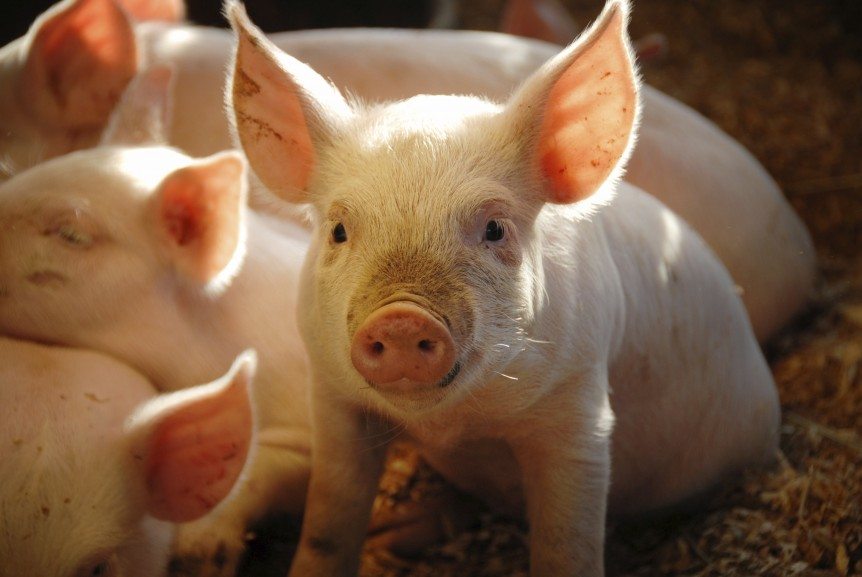
-
Geoffrey Joe wrote a new post 5 years, 5 months ago
Calves less than 3 weeks old are more likely to experience cold stress at temperatures below 59 degrees F. For example, the lower critical temperature for calves from birth to 7 days of age is 55 degrees. For […]
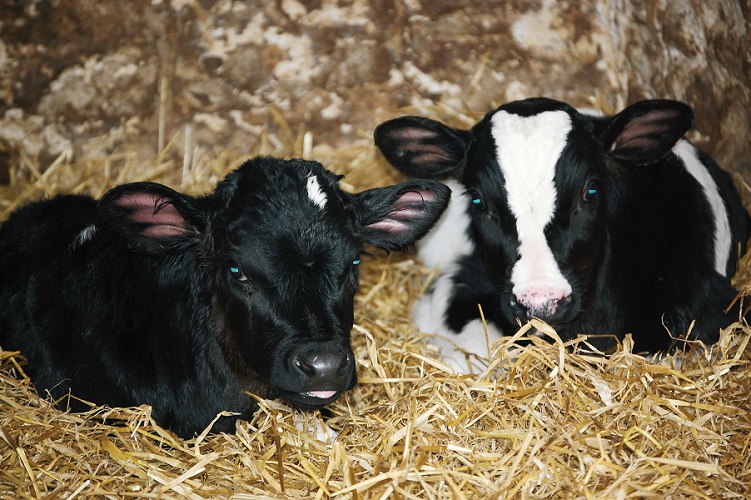
-
Geoffrey Joe wrote a new post 5 years, 5 months ago
Pigs at pasture have poorer feed conversion efficiency than indoor pigs i.e. they consume more food to achieve the same liveweight gain. This is particularly true at lower temperatures where food is used to […]
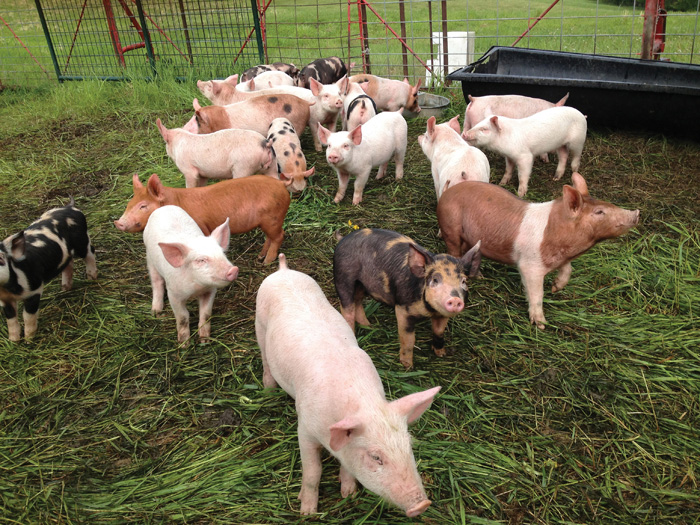
-
Geoffrey Joe wrote a new post 5 years, 5 months ago
Knowledge of animals’ natural behavior is essential in ensuring we create an environment, manage and care for individual animals and flocks in a manner that enables them to express themselves naturally and to r […]
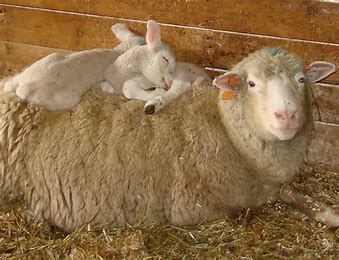
-
Geoffrey Joe wrote a new post 5 years, 5 months ago
Goats are more aggressive than sheep. Whereas sheep tend to be fearful and shy and flee from attackers, goats are more exploratory and reactive and tend to face their attackers when threatened. Fighting behavior […]
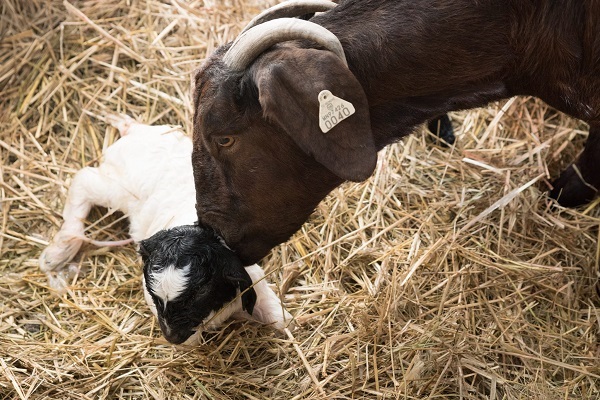
- Load More
